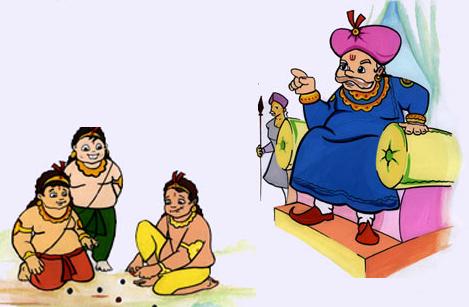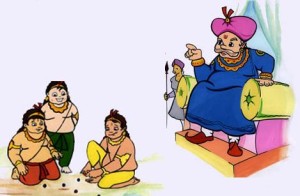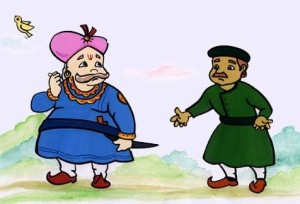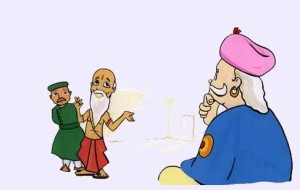To all places, brief
Falling quill on still water
an abode, transient
Inconclusive Places is my latest book. Its a book of poems. It is available from Amazon – both as Kindle e-book and as a printed book.
Available from Barnes and Nobles Up to 15% off with code LOVE2READ
These short poems (and the pictures associated with many of them) are an immigrant’s attempt to internalize the places he left and arrived. These poems celebrates poet’s personal connections with Austin and Cupertino in USA, Chalakkara, Mahe and Bangalore in India.
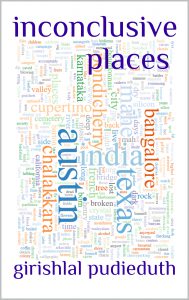
 Book Review: The Geography of Bliss: One Grump’s Search for the Happiest Places in the World by Eric Weiner
Book Review: The Geography of Bliss: One Grump’s Search for the Happiest Places in the World by Eric Weiner Making Your Case: The Art of Persuading Judges, by Antonin Scalia
Making Your Case: The Art of Persuading Judges, by Antonin Scalia